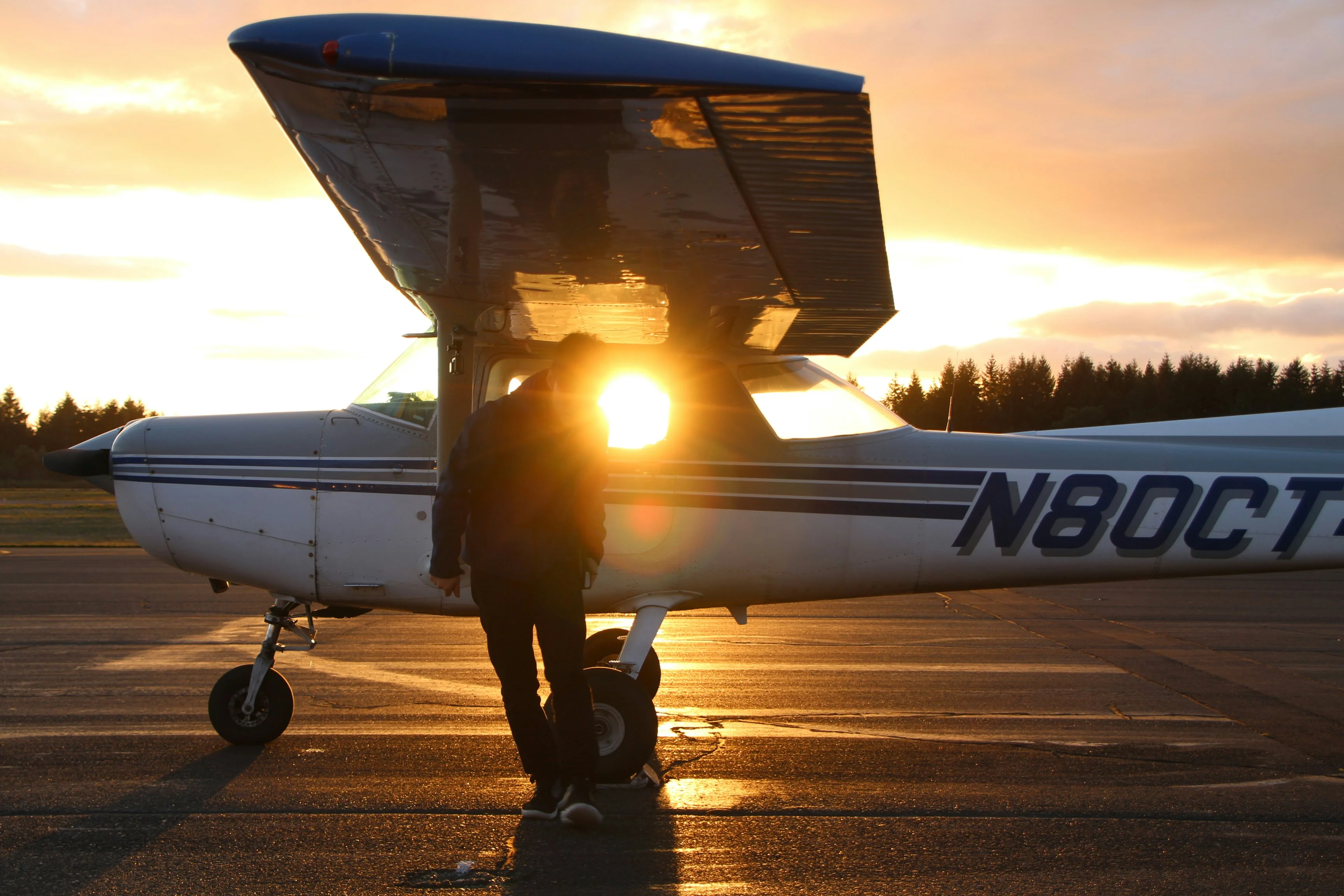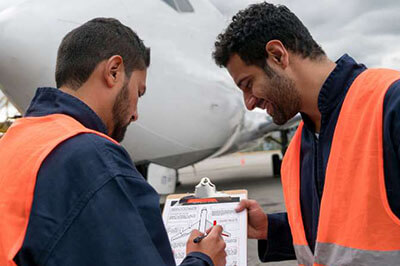Flying with flaps lowered enables you to fly at slower airspeeds by increasing the camber of the wing, which simultaneously increases lift and induced drag.
Now, let’s unpack exactly what that means.

Flight Controls
Primary flight controls are required to safely maneuver an aircraft during flight and may consist of ailerons, elevators, and rudder. Secondary flight controls are designed to improve aircraft performance characteristics and relieve excessive control loading. Flaps are considered a secondary flight control, along with leading edge devices, spoilers, and trim tabs.
Flaps are attached to the trailing edge of the wing. In the clean configuration, with flaps retracted, the wing can only produce a certain amount of lift, which is created by the angle of attack (the angle between the relative wind and the camber of the wing). When flaps are lowered, the camber of the wing is increased, thereby increasing the angle of attack.
Types of Flaps
There are four types of flaps most commonly seen on aircraft; plain, split, slotted, and Fowler flaps.
Plain Flaps
The plain flap is (as its name implies) the simplest of the four types. It increases the camber of the wing which results in an increase in lift at a given angle of attack. The use of plain flaps moves the center of pressure aft on the airfoil, and increases drag, which causes the aircraft nose to pitch down.

Split Flaps
The split flap lowers from the trailing edge of the wing and produces slightly more lift and drag than a plain flap.

Slotted Flaps
The slotted flap is the most common type of flap seen on aircraft today. Variations of the slotted flap are used on both small and large aircraft. Slotted flaps produce more lift than both plain and split flaps. The slotted flap hinge is located on the lower surface of the flap. When slotted flaps are lowered, there is a vacuum between the wing and the leading edge of the flap. This causes high energy air from the lower surface to flow to the upper surface of the flap, producing more lift. Large aircraft typically have many variations of slotted flaps such as double or triple slotted flaps, which allow for the highest production of lift and drag.

Fowler Flaps
Fowler flaps are a type of slotted flap that not only change the camber of the wing, but also increase the wing area. Fowler flaps slide backwards on tracks instead of lowering down on a hinge.

Typically when using one or two flaps the lift is increased without greatly increasing drag. With the use of the third or fourth flap, drag is greatly increased with minimal increase in lift. Pilots should be mindful that the use of flaps may result in a nose pitch up or down movement and it may be necessary to compensate with trim or elevator.
*Diagrams from the FAA Pilot’s Handbook of Aeronautical Knowledge
Written by Engine Sales Representative, Joshua Denton
*SHOP AIRFRAME PARTS HERE!*
Find What You Need at Air Power Inc.!
Questions? Our team is ready to assist you anytime. Your aviation success starts at Air Power!
CONTACT US
SHOP AIRCRAFT PARTS TODAY:
You May Also Like









